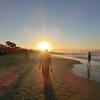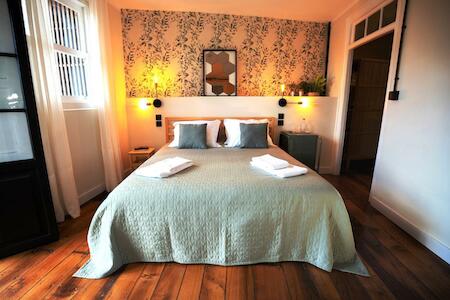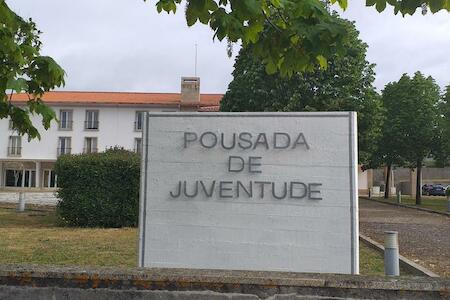Looking for budget stays in Bragança? This section is designed to save you time, money, and unnecessary stress. We've got insider tips to help you find affordable hostels and the cheapest places to stay in Bragança.

Bragança, Portugal, a city in the far northwest of Portugal, is home to around thirty-five thousand people. The city belongs to the Alto Trás-os-Montes region and is only around twenty kilometres from the Spanish border. The history of the region around Bragança can be traced back to the Bronze Age -- signs of megalithic settlements from that period can be found. Agriculture such as the production of olive oil, grains, and chestnuts are important for the local economy. However, the aging population and the decline of the agriculture has resulted in a growing rural exodus.
The Culebra Mountains are just north of the city. On the Portuguese side, the area of the Sierra de la Culebra range is included in the Montesinho Natural Park (in Portuguese, Parque Natural de Montesinho). It is one of the largest nature park of the country and a great opportunity for nature- and bird-lovers to explore the unspoilt landscape. If you like hiking and biking, Montesinho Natural Park is the right place for you to relax and to have some fun.
The centre of Bragança is compact, so it is easy to get around and most hotels are located there as well. The price level is comparatively low -- you can find a good place to stay for a very fair price. While possibly scarce, youth hostels in Bragança, Portugal, as well as guesthouses are also available. Your Bragança, Portugal hostel is in walking distance from the Braga Cathedral. The facilities of your hostel in Bragança, Portugal are clean and modern and Wi-Fi is available. However, it is not a party place -- it's more like a traditional hostel in Bragança, Portugal.
The centre of the city is particular pretty. There, you can find Portugal's oldest town hall, the so-called Domus Municipalis, which was built in the thirteenth century. The Old Cathedral of the Holy Name of Jesus was built in the sixteenth century. It used to be a convent and became a diocesan cathedral in the eighteenth century. The well-preserved old town walls are another worth-seeing landmark that architecture-lovers should not miss.
Written by Travel Expert Bragança
 Flo
Flo
